| |
When a well known Naval Shipyard needed to replace a non-working wireless alarm system for their dry docks,
Vanguard Solutions was contracted to design and install a new system. In keeping with the shipyard’s changing
RF environment, Vanguard utilized a mesh radio network environment to effectively cover the entire industrial
area thereby ensuring every alarm signal is received by central dispatch. Sensors for the new system included
not only dry dock flooding sensors, but sump areas, sluice gates and service galleries. In each dry dock
pumpwell, additional sensors were installed to keep watch on the sewage tanks, compressed air pressure and smoke.
|
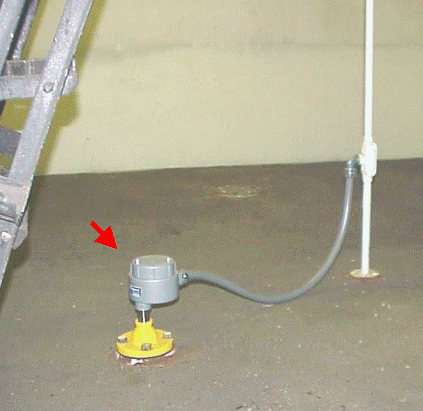 
Caisson Probe |
|
The caisson probe(left) is a dual level (high/low) sensor used to monitor the water level
in the ballast tank. The caisson is monitored for abnormal water level, smoke and AC power.
|
|
|
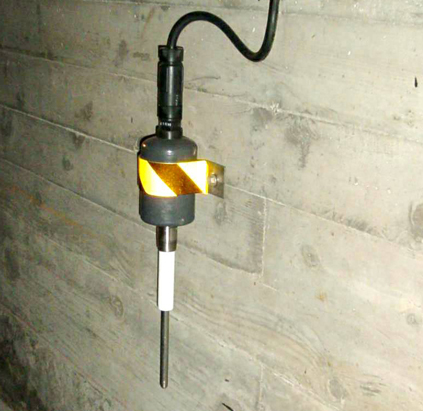 
Submersible Probe
|
| |
Typical submersible probe(right) used to monitor flooding
in the dry dock service galleries. |
|
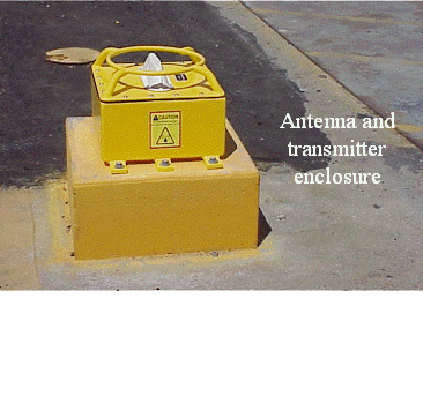 
Hardened Enclosure |
| The sluice gate chamber(left), which is below the deck and in a very busy work area,
required a specially designed hardened enclosure to protect the equipment from damage. |
|
|
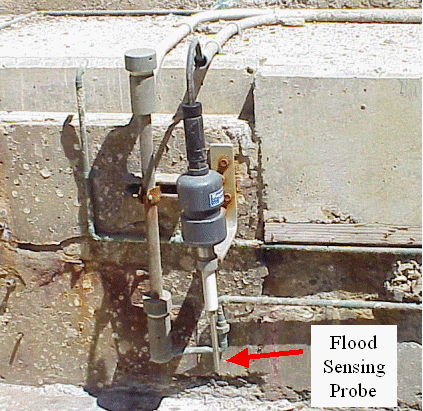 
Submersible Probe |
| |
The flood sensing probe(right) at the bottom of the dry dock. |
|
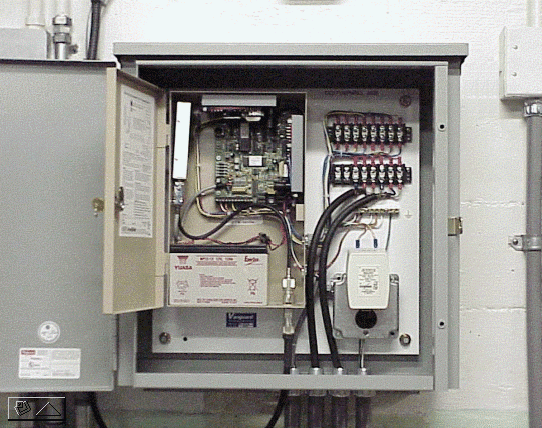 
RF Node Housing |
| Environmental sensor signals converge at an RF node (left) for delivery via
Mesh Network to a regional operations command & control center. |
|
|
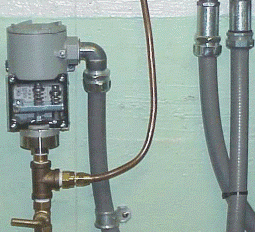 
Air Pressure Sensor |
| |
An air pressure sensor (right) monitors the shipyard's compressed air system. |
|
|
| All probes and sensors transmit the signals to a head end receiving system which displays the type of alarm,
location, date and time and special instructions to a dispatcher who is properly trained to handle each incident.
In addition, each transmitting node sends periodic test signals to ensure system integrity. |
